People tend to skip toasting nuts in recipes or before adding them to salads because it seems time-consuming and the margin for error is high. However, skipping this step is a big mistake. Why? Because when you skip toasting your nuts (go ahead, you can laugh, we're all doing it), you sacrifice flavor and texture. And not just a little flavor, but a lot. Alton Brown recommends wok-frying peanuts before making your own nut butter for this very reason.
Raw nuts in and of themselves are satisfying to eat, but when you apply heat, you release oils and deepen flavors in the nuts that are otherwise dormant. You also increase the snap and crunchiness of the nuts. Plus, they turn a deep golden-brown color and look much more appetizing.
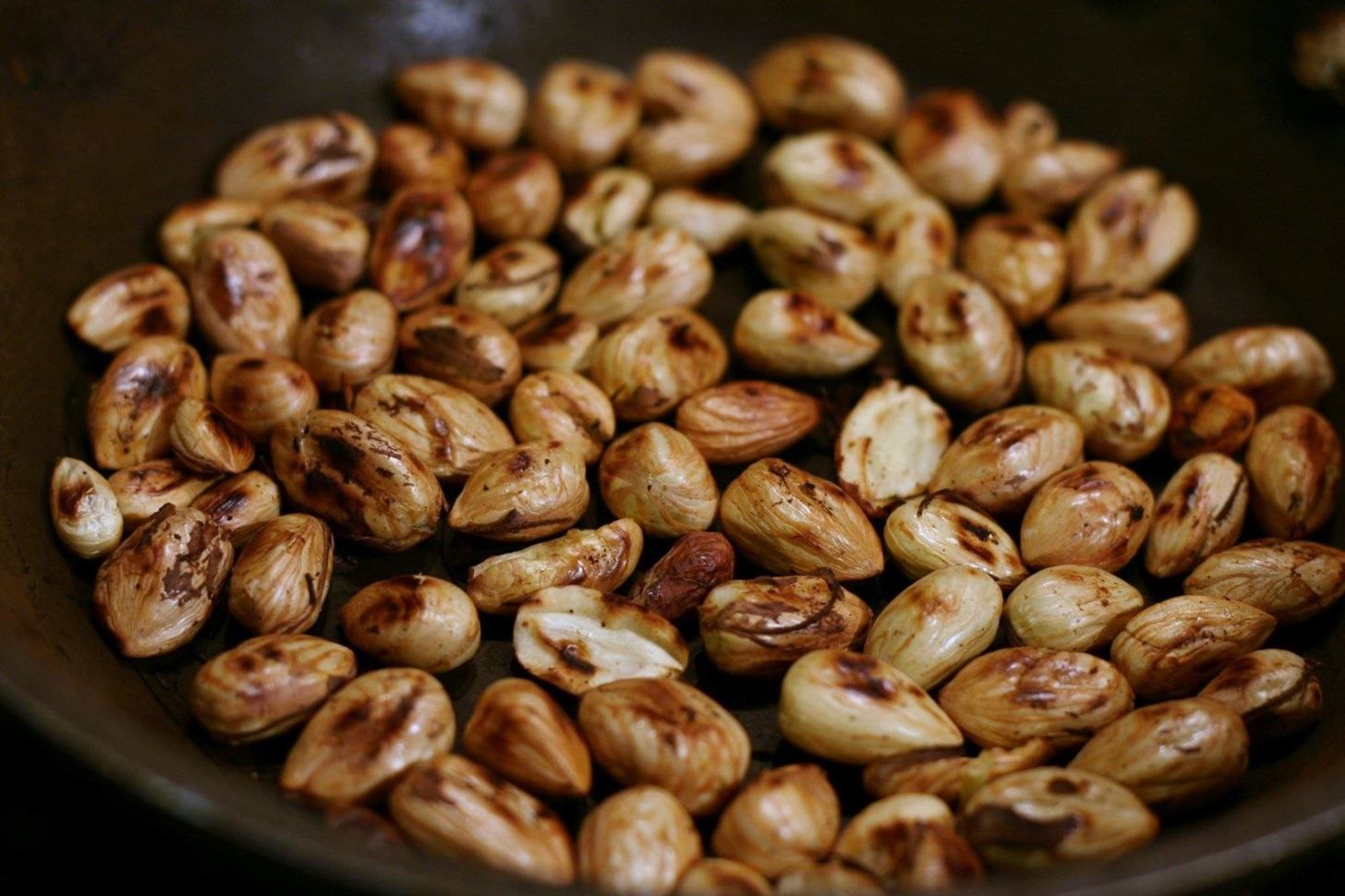
In salads, pastas, and other savory dishes, toasted nuts add hearty, meaty notes that would otherwise be lacking if they were left raw. My Baking Addiction observes that toasting nuts allows their flavors to work with very strong tastes, like bananas or chocolate, instead of being overwhelmed by them. Meanwhile, The Kitchn points out that in baked goods, nuts are insulated by the batter, so the heat of the oven doesn't reach them.
Plus, toasting nuts is easy once you know how. If you're one of those folks who say, "It takes too much time," keep in mind that while your nuts are in the oven, you can be prepping the rest of your ingredients, washing up, or wiping down counters. And if you're really harried, you can toast 'em in the microwave.
The Microwave Technique
Harold McGee notes in On Food and Cooking that you can cook nuts in the microwave, and sure enough, he's right. Spread a thin, even layer of your nut of choice on a microwave-safe plate and toast in one-minute increments, stopping to stir the nuts so they cook evenly.

They may not turn the same beautiful golden-brown color that they would in the oven or on the stovetop, but they will cook. If the aroma isn't enough to tell you that they're done, eat a few and see what you think.
As with all toasted nuts, they can be safely stored in an airtight container for up to one week. I line the storage container with a clean piece of unbleached muslin or a paper towel just to make sure the container stays really dry. Plus, it soaks up any extra oil that might otherwise make the nuts taste rancid.
The Oven Technique
For this method, you'll want to use a cookie sheet or large baking tray. No oil is necessary. Preheat the oven to 350°F/180°C. Don't skip the step of preheating, otherwise you'll end up with nuts that are little better than raw.
Spread a thin, even layer of nuts on the pan and let them cook for 5 to 10 minutes, stopping to stir halfway through. You might want to shift the nuts on the outer edges of the pan toward the middle, too, to make sure they heat evenly. The University of Nebraska-Lincoln recommends that if you're a newbie to this process, be cautious: you'd rather have slightly underdone nuts than a tray full of burned ones.

If you really want to be safe, you can lower the oven temperature to 300°F/150°C. This may double the amount of time you need to keep the nuts in the oven, but this process means there's less likelihood you'll burn them. A couple of friends who went to culinary school swear that the lower temperatures create richer flavors. It's your call.
Keep in mind that cooking times will vary, depending on your oven and the size, density, and freshness of the nut you're using. Pine nuts (pignolas) tend to be more delicate and will probably cook in about five minutes or less, while heartier nuts may require as much as 15 or even 20 minutes.
After you remove the pan from the oven, transfer the nuts to a cool plate or they'll keep cooking.
The Stovetop Method
This is the method I prefer because it's faster than the oven and produces better flavor than the microwave. It also makes the most sense if you only need a small amount of toasted nuts for a salad or a quick meal. However, it does demand more attention, and if you're not careful, you can end up with the occasional burned or undercooked nut.
For this method, you need a large, shallow skillet or frying pan. I prefer stainless steel or nonstick for this task, since I like to pick up the pan and shake it occasionally to shake the nuts around so they're exposed to the heat more evenly.
Preheat the pan for a couple of minutes over medium-high heat. Next, add a small amount of nuts—you want an even, shallow layer, so about half a cup will do. Let the nuts toast on one side for a minute or so before stirring and flipping. You can also shake the pan a few times as noted above.

When the nuts have turned a few shades darker and smell aromatic and flavorful, they're done. You can always sample one or two along the way to make sure. (That's my favorite part.)
Other Good Tips to Know
Good Housekeeping points out you should use fresh nuts when possible, since the oils in nuts can go rancid if they're stored too long. You can store nuts in the freezer to circumvent this problem. If you do freeze them, be sure to bring the nuts to room temperature before you toast.

In general, it's not necessary to use oil or butter to coat the pan or the nuts themselves before you toast them. The extra fat can overwhelm the flavor of the nuts themselves, which you want to avoid. If you're making something fancy, like spiced nuts, then you need the extra fat to get the spices to stick to the nuts.
If you want chopped nuts, I recommend that you chop them after you toast them. Smaller pieces are more likely to burn no matter which method you use, and The Kitchn points out that toasted nuts are easier to chop, which is true.
Just updated your iPhone? You'll find new emoji, enhanced security, podcast transcripts, Apple Cash virtual numbers, and other useful features. There are even new additions hidden within Safari. Find out what's new and changed on your iPhone with the iOS 17.4 update.
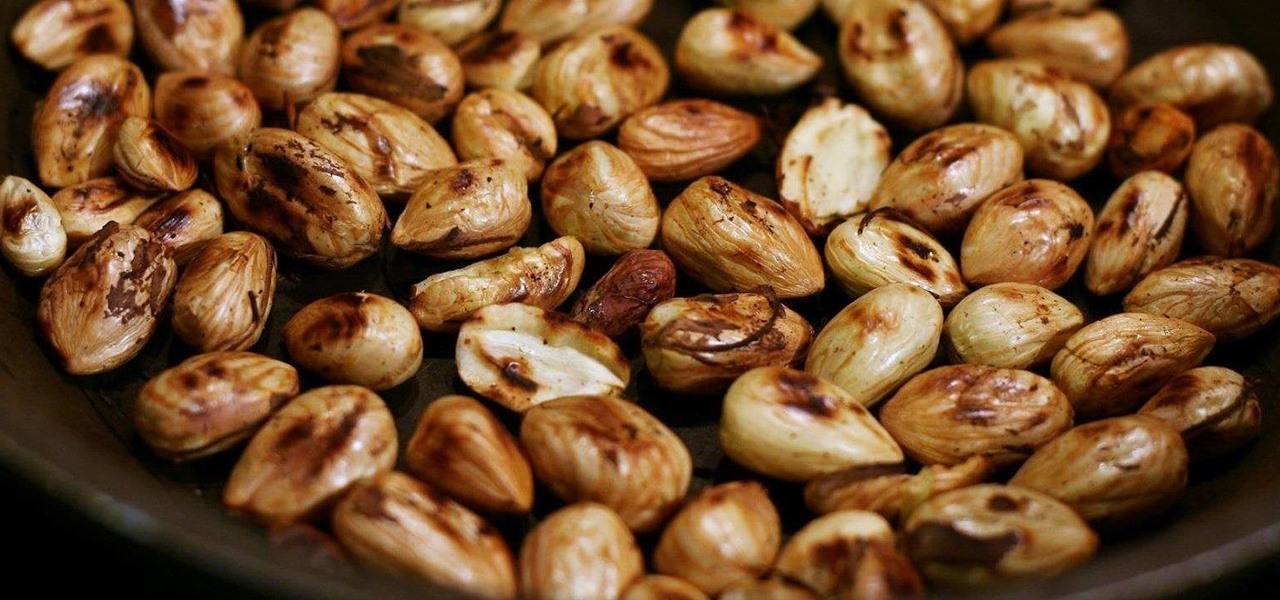







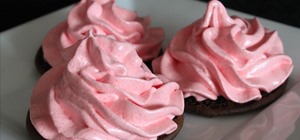
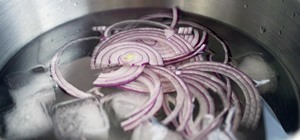

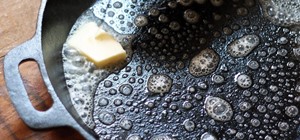
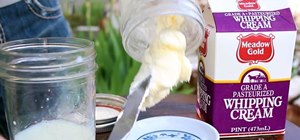
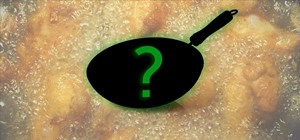






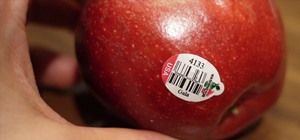


Be the First to Comment
Share Your Thoughts